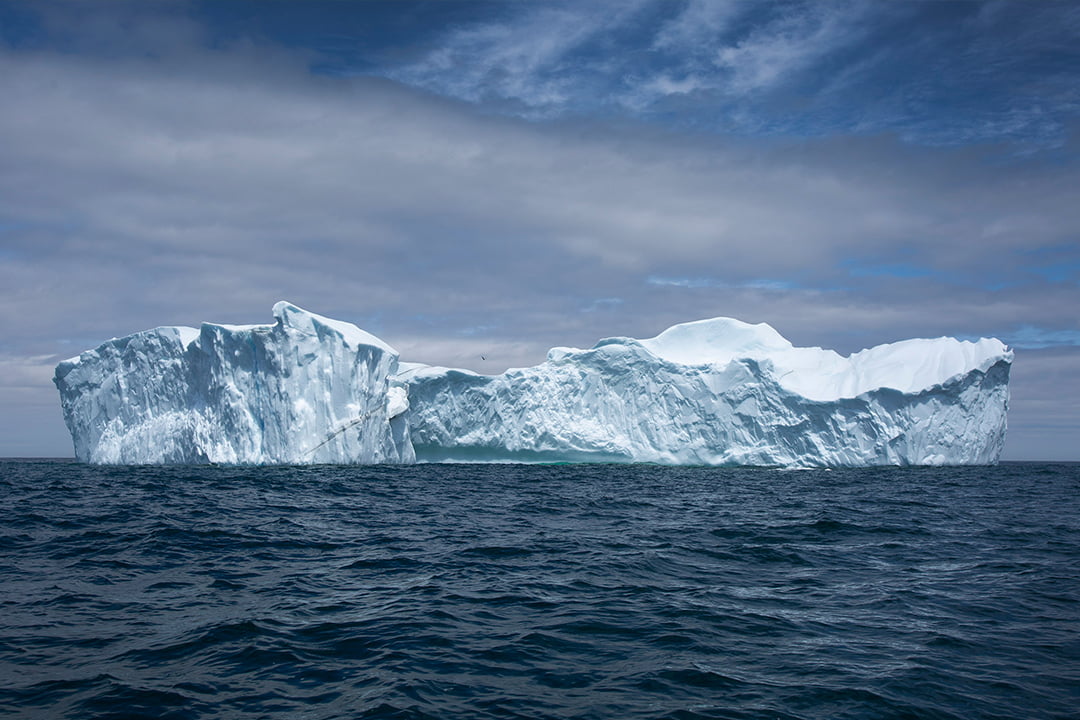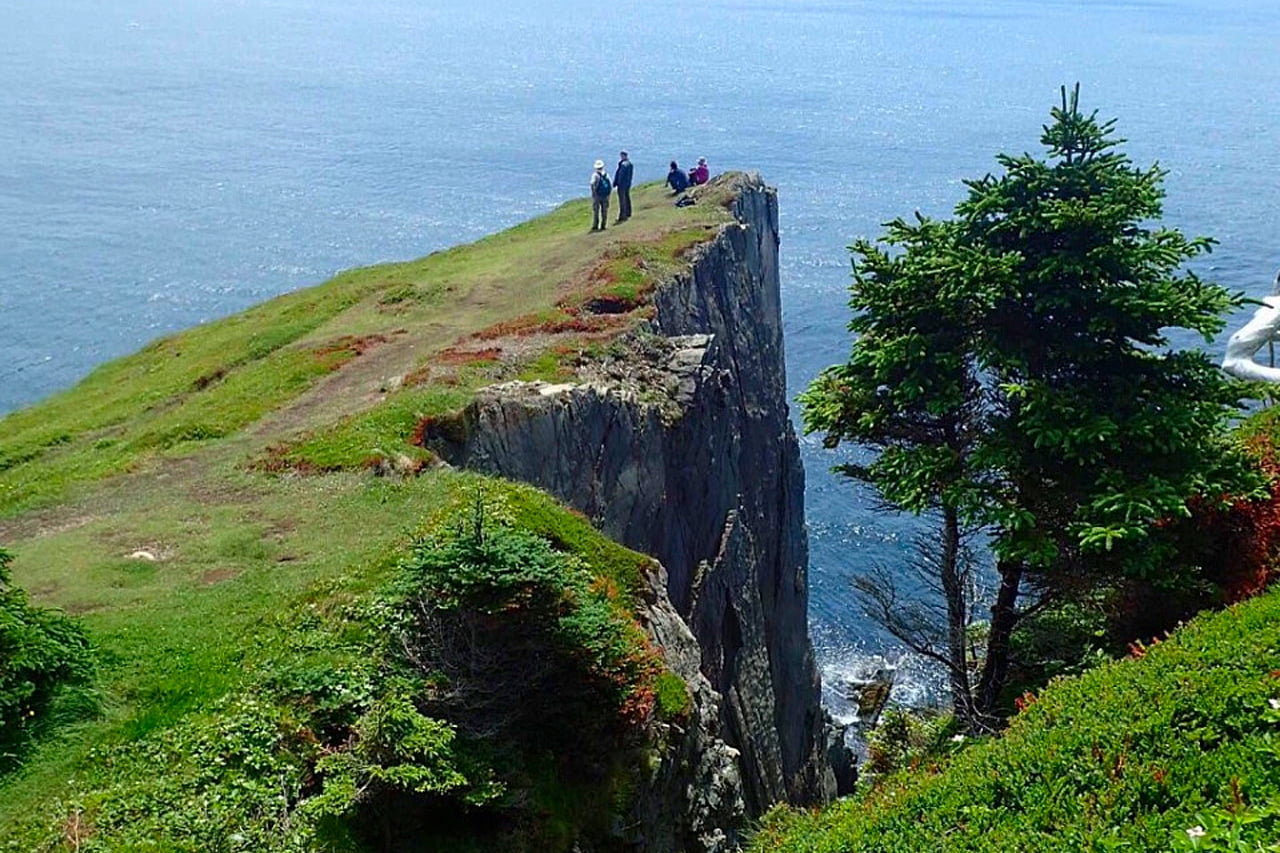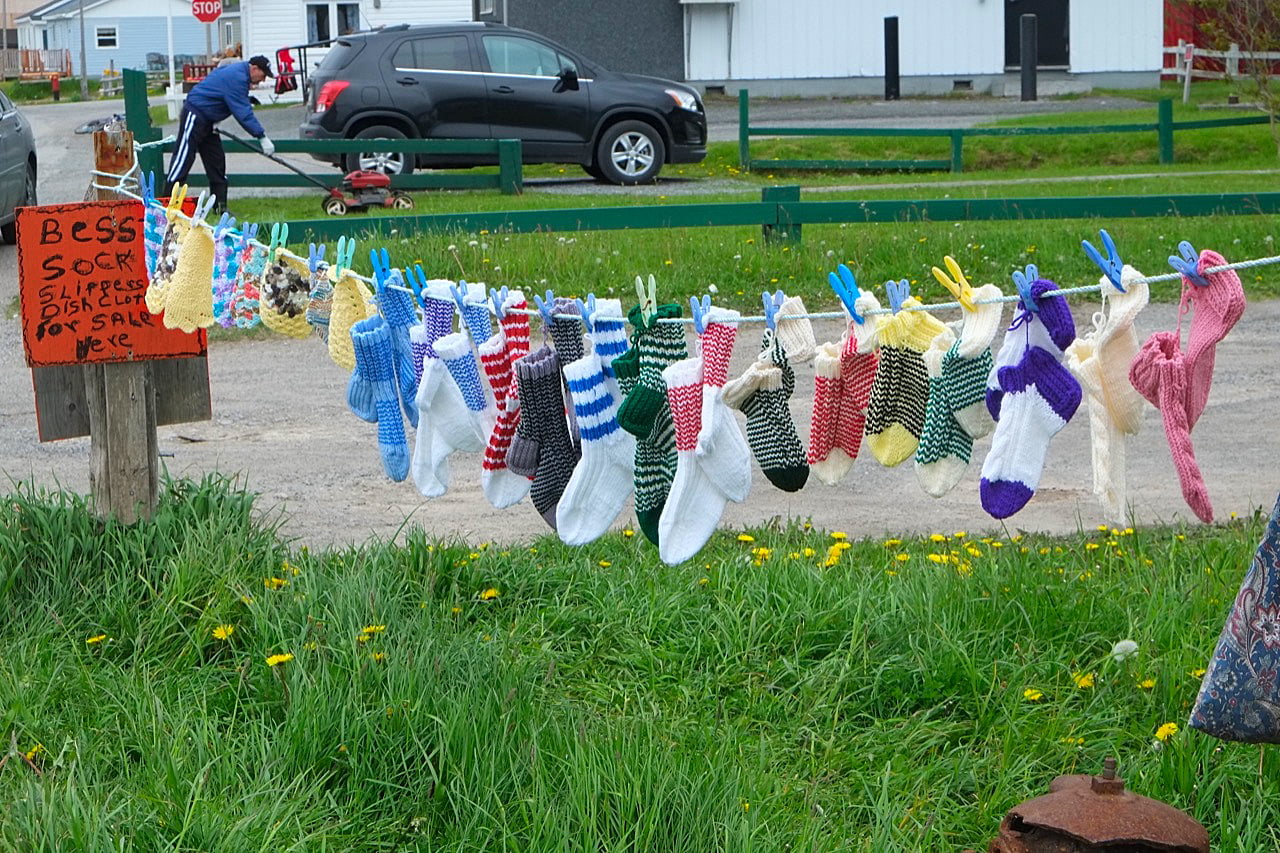One of the best places in the world to see icebergs up close

It’s a humbling experience to see the floating mountains of ice along the coast of Newfoundland and Labrador, one of the best places in the world to view icebergs
Photo above. Credit: Paul Daly
If you get an icy reception when you visit Newfoundland and Labrador, it means you’re in luck.
It’s not that the people are cold – on the contrary, everyone knows they’re among the warmest folks you’ll ever meet. It’s that the province’s northeast coast is one of the best places in the world to see icebergs.
As those who have experienced it will attest, watching a big ‘berg looming large in Iceberg Alley is a sight you will never forget.
“You’re walking down a road and suddenly you see a mountain that wasn’t there yesterday, and you think it shouldn’t be there, but it is,” says Tom Cochrane, a photographer and videographer based in Corner Brook, NL. “It’s a mountain and it’s made of ice.”
Cochrane saw his first iceberg up close seven years ago, floating in St. John’s Harbour, so near that it looked as though it was at the edge of the street. Now, he’s hooked.
“People just stopped their cars and we were all gawking,” Cochrane says. “It’s a humbling experience, especially when you think about the journey these icebergs took to get to us.”
The icebergs come from the coast of western Greenland, where huge chunks of freshwater ice break off, or calve, from glaciers. Some contain ice that was formed 10,000 years ago. The icebergs then drift along so-called Iceberg Alley, first toward Labrador then south toward St. John’s, which is more than 2,700 kilometres away.
It can take years for some icebergs to make the trip, though each travels at its own speed. Sometimes, they might seem to be moving fast off the Newfoundland and Labrador coast, but the average speed is a stately 0.7 kilometres per hour.


Photo left and above. Credit: Paul Daly
Icebergs, growlers and bergy bits
To be deemed an official iceberg, a structure must rise at least 4.9 metres (16 feet) out of the water and be at least 30 metres (98 feet) thick. Smaller pieces of ice are known as “bergy bits” or “growlers.”
While outliers have been spotted – rarely – as far away as Ireland and Bermuda, several hundred icebergs typically make it to St. John’s and Newfoundland’s southeastern coast, which is why Iceberg Alley is the world’s greatest theatre for viewing them.
The best time for seeing icebergs is usually late May and early June, and IcebergFinder.com is a great resource to find out where the ‘bergs are along the coast. Another great resource is Newfoundland and Labrador Tourism’s website (NewfoundlandLabrador.com), which has guides and tips for spotting icebergs.
“It leaves you dumbfounded that something so large can come from so far away,” says Stephen Bruneau, associate professor of engineering at Memorial University of Newfoundland in St. John’s.
Author of two books, Icebergs of Newfoundland and Labrador and Iceberg Alley, Bruneau says that even though he’s a leading scientific expert on icebergs, he still finds them endlessly fascinating.
“They can change colour when the light passes through them,” Bruneau says. “They’re white when they contain pressurized air bubbles, and when an iceberg melts, these bubbles can burst, emitting popping or sizzling noises.”
As icebergs travel south through the alley, eventually they melt, and if you’re lucky enough to see an iceberg break up or flip over from this warming, “the crackling sounds like cannon fire and the movements seem to be in slow motion,” Bruneau says.
It can be dangerous to get too close. Experts say that from the water, iceberg watchers should keep a distance that’s at least the length of the iceberg or twice its height, whichever is longer.
Skipper Bob Bartlett (left), owner of Trinity Eco-Tours, takes a group of visitors on a Zodiac boat tour to see icebergs in May 2019. Credit: Paul Daly
A heritage of seafaring amongst the ‘bergs
To ensure your iceberg encounter is a safe one, visitors can venture out into Iceberg Alley with guides like Skipper Bob Bartlett, owner of Trinity Eco-Tours, who leads trips in a three-hour Zodiac boat tour.
Bartlett is a descendant of an earlier Skipper Bob, who captained the ship that took American explorers Robert Peary and Matthew Henson to the North Pole in 1908. “So there’s heritage,” Bartlett says.
He notes that the icebergs visitors see in Newfoundland and Labrador are actually tiny compared to what they looked like when they started in Greenland. But they’re still big enough to leave anyone gasping in awe.
“By the time they reach us they have already lost 85 per cent of their size, but they’re still an impressive 100,000 or 200,000 tonnes,” says the skipper, who has been leading iceberg boat tours since 2009.
“They still make you feel really small,” he says.
Bruneau points out that an industry of iceberg-harvesters has developed in the last few years – enterprising seafarers who corral ‘bergs and growlers and sell the sweet, fresh water to distillers and bottlers. It’s a way to bring a little splash of what you saw home with you.
He adds that what you’ve heard is true about icebergs being much bigger below the ocean’s surface than above.
“It’s easy to visualize,” Bruneau says. “Get a glass of water, put an ice cube in and look at how much is above and how much is below the waterline. An iceberg is the same.”
But though something as simple as a glass of ice water can give you an idea of the iceberg experience, you’ll need to visit Iceberg Alley to be dazzled by the real thing.
Share your memories of Newfoundland and Labrador
Want to get a taste of what you can see and do in Newfoundland and Labrador when travel restrictions ease? The Story Exchange is a website where visitors can tell their tales in digital books using photos and text. Prospective visitors can get a peek into what the province is really like by checking out other travellers’ adventures. In the Story Exchange, you’ll find stunning vistas, towering icebergs, flapping puffins and lively evenings of music and laughter.
Here are a few excerpts from the digital books visitors have created, describing their unforgettable experiences:

“The whales are foolish this year.” So says my friend Andrew, a proud Newfoundlander who knows a thing or two about both whales and foolishness. When I ask him if this year is special, he admits that some years he might not be in the right place to see lots of whales. But this year, “the whales are just bananas.” I take this as a good sign.
From Cracked Whales and Newfoundland Tales
by Ann Britton Campbell

Suddenly a male swims right up to us. Cavorts and shows off. Dances on the water. His tail lifts up and out, glints white and silver. We feel as though we can touch him. Vince and I catch each other's eyes. The emotion of this moment overwhelms us: we both want to weep with the beauty of this animal and the gift that he has just given us.
From Spirit of the Rock
by Cathy Astolfo

[St. John’s] was as beautiful as I had imagined. It is not only beautiful, but a modern, thriving city proud of its heritage and culture. The rows of jelly bean houses are a treasure to behold. Pier 17 the Terry Fox memorial brought back memories of that amazing young man dipping his foot into the water and his continuing legacy.
From Hiking the Rock in Quest of Puffins, Icebergs and Whales
by Wendy Moss-Newman

You will never come up empty handed when you go off the beaten path in Newfoundland. You will always find something magical that takes you by surprise. EVERY TIME. Go slow. We have shared a moment with a moose, found a sock store on the side of the road, enjoyed the artistry of many a sled waiting for the winter to haul wood and got lost in a handful of seashells.
From When Africa and Canada Meet Newfoundland
by Karen Yarosky
Advertising feature produced by Globe Content Studio with Newfoundland and Labrador Tourism. The Globe’s editorial department was not involved.
/cloudfront-us-east-1.images.arcpublishing.com/tgam/HNJY42FTZ5A2PCWBD2QKZFJGXA.jpg)
/cloudfront-us-east-1.images.arcpublishing.com/tgam/XL7TJXT5GFEJBM6PRSDRUXHPRA.jpg)